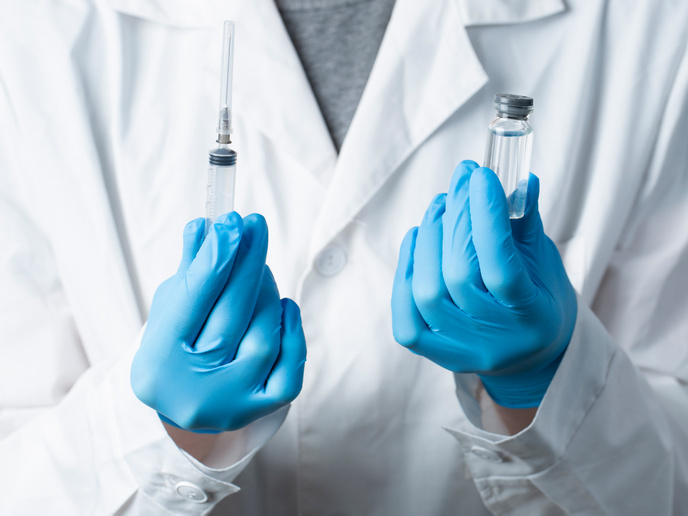EU training network provides new understanding of cell organisation
Cell division occurs during tissue growth and cellular reproduction and is carefully controlled by a set of genes and proteins. In general, there are two types of cell division: mitosis, when cells divide to produce identical daughter cells, and meiosis, when cells create eggs and sperm cells with half of the chromosomal content. Mistakes during the cell division process result in changes in the content of the chromosome or segregation of the daughter cells. This can have a major impact on human health, causing cancer, malformations during development and decreased fertility. Crucial to cell division is the mitotic spindle, a structure whose main duty is the separation of chromosomes and is made up of microtubules (MTs), molecular motors and MT binding factors. Undertaken with the support of the Marie Skłodowska-Curie programme, the DivIDe(opens in new window) project is a European training network of 11 young international researchers who addressed cell division and studied the functional role of tubulin, the main building block of MTs, from a different perspective using complementary and interdisciplinary techniques, approaches and experimental model systems.
Self-organisation inspires biologists
The mitotic spindle is one of the cellular structures that best represents the ability of biological matter to self-organise through arrays of dynamic protein-protein interactions. “The complexity and dynamic behaviour of the mitotic spindle captures the imagination of synthetic biologists and modellers. These ‘molecular engineers’ try to understand and harness the principles of self-organisation to generate new biological structures,” comments network coordinator Isabelle Vernos. The consortium therefore aimed to generate a new understanding of cell division by identifying the proteins responsible for spindle elongation during meiosis and spindle MT polyglutamylation, which is essential for faithful chromosome segregation during mitosis. They also achieved the first full 3D reconstructions of metaphase and anaphase spindles in a human cell line. In addition, project partners developed a new method to purify tubulin from mammalian cell lines. “They employed a set of precisely defined post-translational modifications, and directly measured how these modifications control the interactions with a panel of MT-associated proteins,” Vernos explains.
New methods and understanding developed
Researchers created a mathematical model to explain how motor proteins, dynamic filaments and MTs assemble to form an elongating spindle, and they used an artificial intelligence-based classifier to better predict the effect of specific targets on the cell division. They also developed a microfluidic device to control molecular processes, enabling a cell sample under the microscope to be suffused with different buffers and achieve a thermal equilibrium with the environment. DivIDe demonstrated that this combination of different expertise and sectors is essential for addressing questions about cell division. “Proof of this is the generation of new knowledge, new methodologies and protocols, new understanding and new training approaches,” notes project manager Natalia Dave Coll. “There are several stakeholders that could potentially be interested besides scientists, such the microscopy and microfluidics industries and the pharma and medical communities.” Furthermore, DivIDe has broadened the horizons of the participating research fellows by alerting them to the different professional opportunities that are available to them inside and outside academia. “At the end of the project we conducted an internal survey and more than 50 % of our fellows stated they were contemplating the possibility to become entrepreneurs, which even though the sample was small, is quite significative,” Dave Coll points out.







